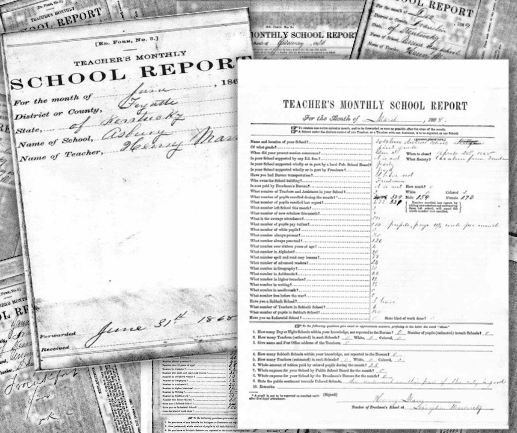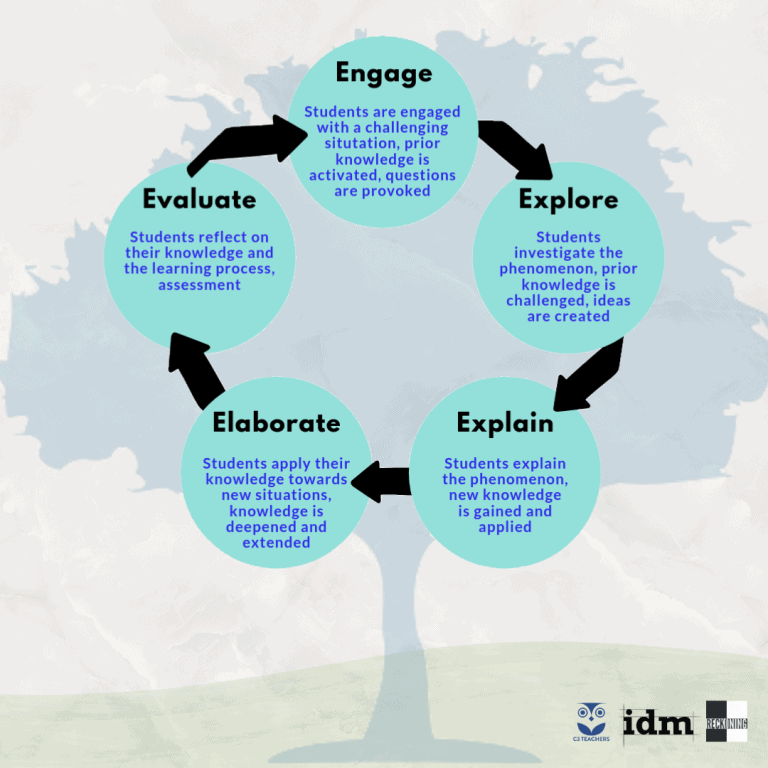Kentucky U.S. Colored Troops Curricula
“enlisted without consent”
Though a seemingly simple statement, this text, buried deep within dozens of pages of military and pension files, tells a more complex story about Private Charles Mudd, who served in a Black regiment during the Civil War. Handwritten on Mudd’s Declaration of Recruit, “enlisted without consent” gives readers a clue into Mudd’s journey, shared by many other formerly enslaved men. “Consent” here refers to permission from his enslaver or “master” to serve in the Union army. Enlisting “without consent” means Mudd fled enslavement to serve alongside other Black Kentuckians, risking his own life and likely that of others.
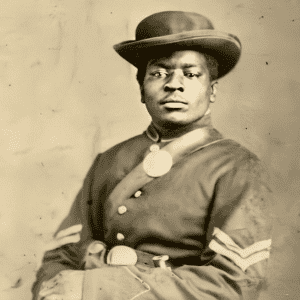
Kentucky has a rich history throughout its statehood that includes a dark history of enslavement. Though it may be no secret that slavery was legal in Kentucky, much of this history is hidden in plain sight. From the names of prominent enslavers memorialized in the names of several cities, counties, and streets; to the state’s song, My Old Kentucky Home, the lyrics of which romanticize enslavement in Kentucky.
In this project from Reckoning, Inc., the stories of formerly-enslaved Kentuckians can better come to light. The Kentucky U.S. Colored Troops Project (KYUSCT Project) surfaces the particular sacrifices and invaluable contributions of Kentucky’s Black soldiers in the Civil War.
In this collection of sources and inquiry-based learning materials, students grapple with the complexities woven into this part of state history, as well as the intricacies of source work. The robust collection of source material for each soldier provides clues about the past, but only if the reader is equipped with the questions and skills to uncover what they have to reveal.
As educators, the collection offers different means and opportunities to engage with this history and, likewise, have students practice source literacy skills. When students practice source literacy, they are reading source materials—text, images, or other historical items—like a historian. To do so, students must unwrap the layers of a source and analyze the source before they read its contents. In other words, students must consider what a source says (or doesn’t say), situate it in its time and place (contextualize), and compare its information to other sources (corroborate).
Reckoning, Inc.’s KYUSCT.org sources provide an excellent opportunity for students to exercise their source literacy muscles. On the site, several soldiers’ stories are told through a biographical article, alongside rich primary source materials (e.g., photographs, interviews, pension and military files).
As demonstrated in the inquiry materials, students can use these files and biographies to consider the unwritten stories they reveal about soldiers’ individual experiences, as well as the soldiers’ impact on larger events, such as emancipation. There are three inquiries that are featured:
-
- For elementary-aged students, the inquiry asks: How did Black soldiers bring freedom? By exploring different individuals’ contributions—before, during, and after the Civil War—students grapple with the explicit and implicit meaning of source texts in order to position Kentucky’s Black soldiers into the larger achievement of freedom.
- In the middle school inquiry, students are asked—How do sources tell the story?—to consider how different sources can tell the story of emancipation.
- The high school inquiry takes a more high-level approach in asking students: How should a nation reckon with its past? Students can compare Reckoning, Inc.’s resources with those with which they are more familiar, notably their school textbooks. Students consider not only the complexities of this history, but likewise, consider different ways it is communicated in sometimes incomplete ways.
- For elementary-aged students, the inquiry asks: How did Black soldiers bring freedom? By exploring different individuals’ contributions—before, during, and after the Civil War—students grapple with the explicit and implicit meaning of source texts in order to position Kentucky’s Black soldiers into the larger achievement of freedom.
By positioning students into the role of a historian, they are emboldened to not only surface the histories of their state, but likewise provide them with experiences in questioning, critiquing, and evaluating the mainstream histories that dominate their world; then, provide them opportunities to be a part of the drive for a more rich, and diverse, history.
Teaching with Inquiry
Teaching with inquiry is an effective and engaging way for students to explore enduring questions of the past and present.
Reckoning, Inc.’s inquiry materials use the Inquiry Design Model (IDM). The IDM is a distinctive approach to creating instructional materials. It presents a one-page blueprint of the inquiry, from which teachers can create lessons for their classroom.
See the full Reckoning, Inc. inquiry collection.
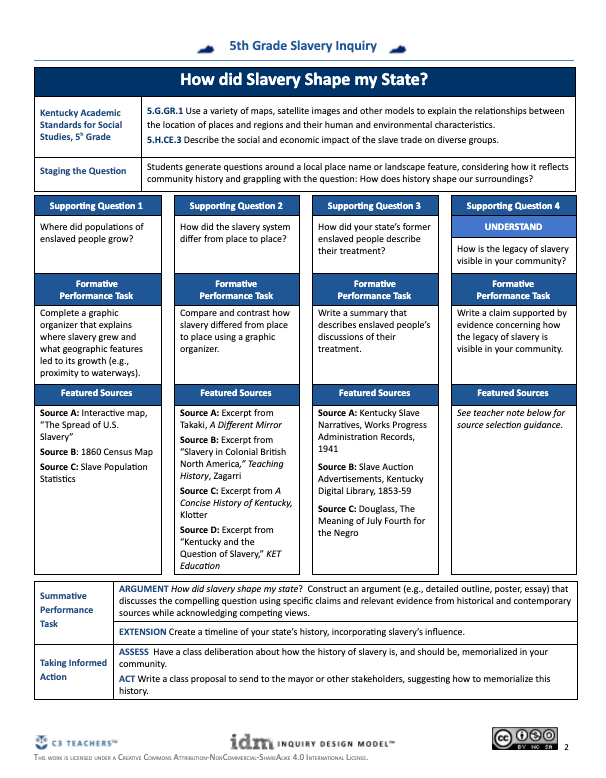
What hidden stories do primary sources tell?
Learning Exercise
In this lesson, students analyze a primary source by generating questions that surface clues about the experiences of people in the past. Specifically, this task allows students to reflect upon the ways in which education was transformed after the Civil War—specifically through the expansion of education to the Black community. The primary source is a Freedmen’s Bureau record that documents information about the students and teachers of a Kentucky school. The second source is an excerpt from a biography about the report’s recordkeeper, written for Reckoning, Inc.
*Created for Reckoning, Inc.
How did Black soldiers bring freedom?
Elementary inquiry

This inquiry leads students through an investigation of Black soldiers’ experiences during and after the Civil War. By investigating the compelling question, students examine the experiences of enslaved people, the dangers they faced in military service (many soldiers having to escape enslavement to do so), their experiences in the military—both in terms of Black soldiers’ impact on the war’s outcomes, as well as their particular dangers faced in the war—and their post-war experiences.
*Created for Reckoning, Inc.
How do sources tell the story?
Middle School inquiry

This inquiry leads students through an investigation of what historical sources can reveal about the different means by which enslaved people were emancipated. By investigating the compelling question, students will analyze accounts of formerly enslaved Kentuckians and compare their experiences to the role the federal and state governments played in emancipation. Students will use historical documents and identify possible limitations of the several sources as they reconcile different perspectives on emancipation. By completing this inquiry, students will explore several ways in which Black people were able to self-emancipate and help others gain their freedom.
*Created for Reckoning, Inc.
How should a nation reckon with its past?
High School inquiry
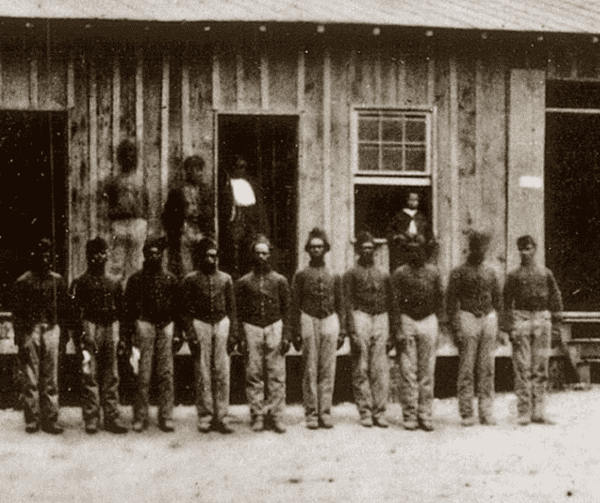
This inquiry leads students through an investigation of the compelling question—How should a nation reckon with its past?—students examine the ways that the United States has attempted to reconcile the brutality of slavery by analyzing contemporary policies, investigating a current effort to reckon with its past (through Reckoning, Inc.), and examine the ways that educators (and schools) can become a reconciliatory force through how they teach topics involving Black enslavement.
*Created for Reckoning, Inc.
Teacher Professional Development
Reckoning, Inc. is pleased to offer professional development sessions to support the enactment of our inquiry collection. This collection was developed by Drs. Kathy Swan and Carly Muetterties with a team of expert social studies teachers. These inquiry units were designed using Reckoning, Inc.’s rich source collections and in alignment with Kentucky’s social studies standards.
For more information or to schedule a Professional Development Workshop, please contact us at education@reckoninginc.org
*Charles Mudd photo courtesy of the Gettysburg National Military Park Museum
